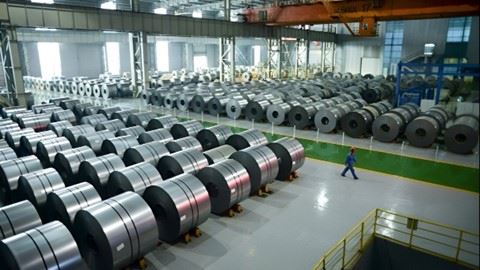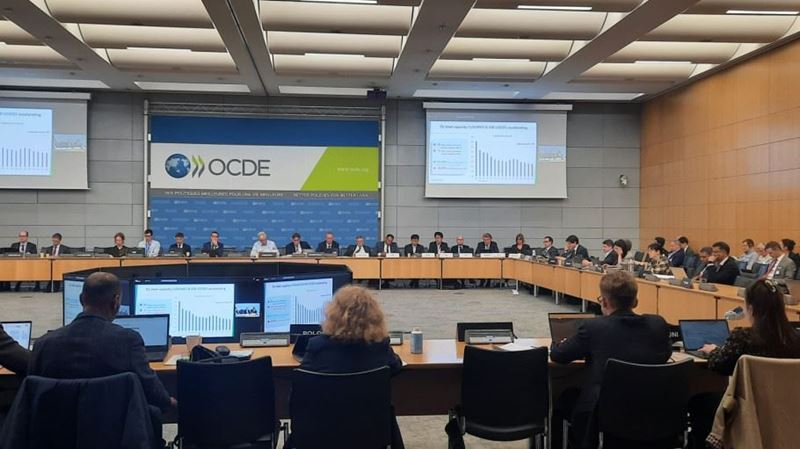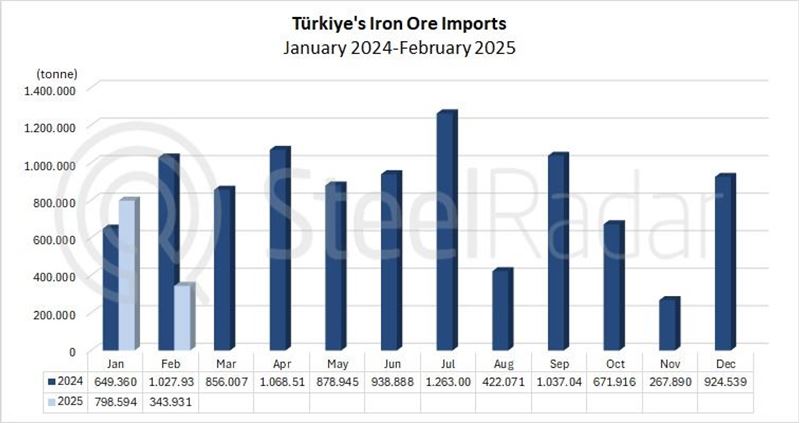There is an expected annual increase of 7.9% in steel demand in the energy sector. Factors such as the country's energy transformation and green development strategies contribute to this growth. The steady momentum in renewable energy production supports both local demand and exports.
Steel consumption in the container industry is also projected to increase by 7.7% annually. The rising demand for containers, driven by the recovery of global trade, will trigger growth in this sector, leading to a significant increase in container sales in China.
In the steel structures segment, raw steel consumption may also rise by 6.5%. Government support for infrastructure investments will encourage this increase.
However, the growth in steel demand in the automotive and household appliances sectors will be slower. Factors such as the slowdown in automobile exports and increased export challenges may limit the increase in steel demand in the automotive sector to 3.1% in 2024. The increase in raw steel consumption in the household appliances sector could decrease to 3.7%.
The infrastructure sector will remain a cornerstone of China's steel market. Although there may be a slight slowdown due to excessive debt burdens of local governments compared to the previous year, raw steel consumption in the infrastructure sector will continue to show solid growth.
The real estate market in China is expected to remain stagnant, leading to a decrease in steel usage alongside reduced real estate investments and sales. It is anticipated that raw steel usage in this sector will decrease by approximately 4.3% annually, although the downward trend is expected to slow down.
In conclusion, steel demand in the manufacturing sector in China will experience varying rates of increase and decrease in 2024. These changes will have a significant impact on both the local and global steel markets.









Comments
No comment yet.